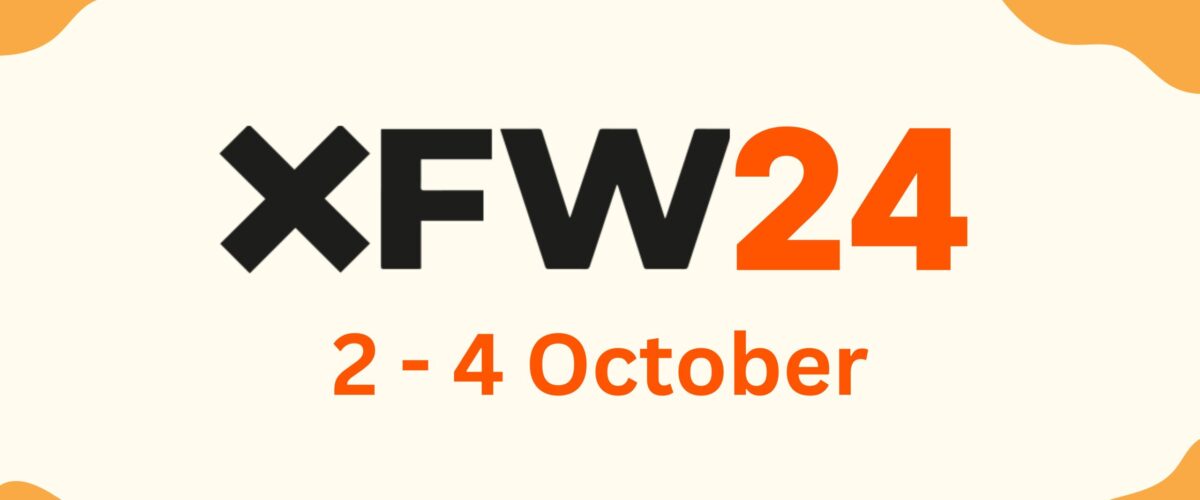This recent blog on Open Banking by our member INNOPAY takes a deep dive into the DACH region (comprising Germany, Austria, and Switzerland), which represents a substantial portion of the financial landscape. It explores how financial institutions in this region have embraced open banking, examining both the functionalities offered and the developer experience. By analyzing market dynamics, adoption trends, and consumer attitudes toward open banking, this blog offers valuable insights into the unique opportunities and challenges faced by banks in DACH. Additionally, it sheds light on innovative solutions emerging from the DACH region and their potential to shape the future of banking, both locally and globally.
INNOPAY Open Banking Monitor
Since 2017, the INNOPAY Open Banking Monitor (OBM) has been a leading benchmark for evaluating open banking offerings by financial institutions worldwide. Over the past six years, the OBM has assessed hundreds of bank developer portals, providing a comprehensive view of the state of open banking globally. Financial institutions are evaluated based on the functional scope of their API products and the overall developer experience they provide to API consumers, including aspects such as API documentation, developer usability, and community development.
Key Findings
- DACH Open Banking Landscape: The development of open banking in the DACH region reveals that only a select few financial institutions lead the way, offering premium API functionalities that go beyond the regulatory scope of PSD2. In essence, Deutsche Bank is the primary institution that can compete with global leaders in open banking.
- Dominance of Leading Banks: Deutsche Bank and Commerzbank, the leading banks in the DACH region, account for over 30% of all premium API functionalities available. However, more than two-thirds of financial institutions in the market do not offer functionalities beyond the mandatory PSD2 requirements.
Reasons for Slow Uptake
The slow adoption of open banking initiatives in the DACH region can be attributed to two main factors:
- PSD2 Backlog: Many European financial institutions launched their API platforms in compliance with PSD2 in September 2019. However, technical, performance, and availability issues persisted, leading to delays in meeting regulatory requirements. This situation even resulted in BaFin not granting exemptions on the Fallback mechanism for German financial institutions.
- Global External Drivers: The COVID-19 pandemic and subsequent shifts in focus towards core business activities and cost savings impacted the budgets for technology-related innovation. Moreover, the war in Ukraine diverted attention to other operational areas. Increased funding for cybersecurity further contributed to the slowdown in open banking development.
Main Findings
- Improved Developer Experience: Despite limitations in API functionalities, there was an overall improvement in developer experience across DACH financial institutions. Notable advancements include API matchmaker functions and advanced “Getting started” guides provided by some banks.
- Limited Functional API Scope: While developer experience improved, progress in the overall scope of API functionalities was limited. Approximately 55% of offered API functionalities remain within the realm of PSD2 offerings.
- Swiss Open Banking: Switzerland lags behind Germany and Austria in terms of open banking activities, particularly in developer experience. This is partly due to the lack of legislation forcing Swiss banks to open up to third parties.
Outlook for the DACH Region
Based on the findings and market developments, INNOPAY identifies two key trends that will drive API product developments in the DACH region:
- (Instant) Payment APIs in the Spotlight: The provisioning of instant payment APIs is expected to increase, given forthcoming EU regulations requiring financial institutions to offer instant payments alongside regular credit transfers. New use cases, especially in account-to-account (A2A) payments, are anticipated.
- Rise of Embedded Finance: Embedded financial services, which seamlessly integrate financial products into non-financial digital platforms, are gaining momentum. These services are expected to challenge traditional financial service models and become integral to digital ecosystems.
Stay Informed with INNOPAY
To stay updated on emerging use cases, technology providers, and business models in the financial industry, INNOPAY is developing an Embedded Finance Radar. For more information and to explore how INNOPAY supports financial institutions globally read their full story here.


